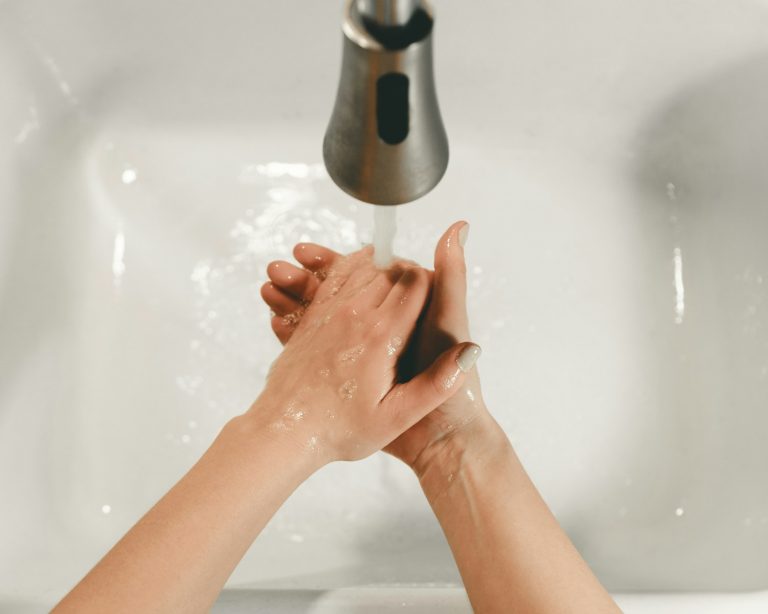Maintaining a safe and clean water supply is critical to modern living. One essential device that helps ensure the purity of your drinking water is a backflow preventer installation. This device prevents contaminated water from entering your home’s clean water supply. There are several scenarios where installing one becomes necessary, and knowing when and why to consider this installation can safeguard your water quality and public health.
What Is a Backflow Preventer?
Backflow preventer installation involves integrating a crucial plumbing tool designed to thwart the undesirable reversal of water flow, known as backflow. This apparatus is pivotal in maintaining the purity of our water systems by preventing potential pollutants from infiltrating the clean water supply. Typically, it employs a one-way valve system, allowing water to flow in only one direction, thus halting any accidental contamination. This installation is fundamental for ensuring the safety and reliability of both residential and commercial water systems, safeguarding the integrity of our potable water supply.
Reasons You Might Need a Backflow Preventer
There are several compelling reasons to install a backflow preventer. Each serves to enhance the safety of your home or facility’s water supply:
- Protecting Public Health: The primary reason for installing a backflow preventer is to guard against contaminants entering the drinking water. This is essential for the health and safety of your family or anyone using the water supply. Contaminants can include anything from fertilizers and pesticides to bacteria and viruses, which can pose severe health risks if they enter the drinking water.
- Compliance with Local Codes: Numerous local and state laws require using backflow preventers in certain buildings or circumstances. Ensuring these regulations are followed is both a legal obligation and a crucial measure in safeguarding public health. Failure to comply can lead to substantial fines and jeopardize your water quality.
- Preventing Cross-Connection Contamination: Cross-connections can occur in various plumbing fixtures and systems, creating a potential for contaminants to enter the clean water supply. A backflow preventer is crucial in eliminating this risk by providing a reliable barrier against contamination.
When to Install a Backflow Preventer?
Not all homes necessarily require a backflow preventer, but there are certain instances when having one is strongly recommended. Understanding when to install a backflow preventer can prevent various water contamination issues:
- Residential Swimming Pools: Pools can be sources of contaminants due to the chemicals used for maintenance, including chlorine and algaecides. Without a backflow preventer, there is a risk that these chemicals could flow back into the home’s water supply, posing health hazards.
- Landscape Irrigation Systems: Fertilizers, pesticides, and other chemicals used in gardening and landscaping are also potential sources of contamination. These substances can enter the water supply through irrigation systems if a proper backflow preventer is not installed.
- Well Water Systems: Homes relying on healthy water are susceptible to various external pollutants. A backflow preventer is an essential line of defense, as it ensures that pollutants do not enter your water system from external sources such as nearby agricultural runoff or septic systems.
How Does a Backflow Preventer Work?
The backflow preventer functions with a valve system that only allows flow in one direction. If there is a sudden decrease in water pressure, such as from a burst pipe or high demand, the valve shuts to stop contaminated water from flowing into the clean supply. This automated sealing system is crucial for upholding a constant barrier against potential impurities and guaranteeing that only clean, drinkable water stays in your plumbing system. Comprehending how this mechanical process works can highlight the significance of implementing this safety mechanism.
Common Types of Backflow Preventers
Depending on your specific needs and potential risks, you may choose from various backflow preventers. Each type has its unique features and applications:
- Pressure Vacuum Breaker (PVB): This type is commonly used in landscaping and irrigation systems. It is simple and cost-effective but still provides reliable protection. PVBs are designed to prevent water from being siphoned back into the system, making them ideal for outdoor applications.
- Double Check Valve Assembly (DCVA): Often used in residential settings, DCVAs are suitable for most standard plumbing needs. They consist of two check valves that work in tandem to prevent backflow, providing double the protection compared to single-check systems.
- Reduced Pressure Zone (RPZ) Device: The RPZ is the most advanced type and offers the highest level of protection. It is typically used in high-risk applications where contamination risks are significant, such as in hospitals, laboratories, and other facilities requiring sterile environments. RPZ devices use two independent check valves separated by a pressure relief valve, ensuring optimal safety.
Regulations Surrounding Backflow Preventers
Regulatory requirements for backflow preventers can vary by location but are generally enforced to ensure public safety. According to the Environmental Protection Agency (EPA), public water systems must maintain specific standards to prevent contamination. These stringent regulations are in place to protect our drinking water from potential hazards. Compliance with these regulations ensures that your water supply remains safe and you avoid legal penalties. Understanding and adhering to these regulations can also provide peace of mind, knowing your water supply is protected.
Professional Installation and Maintenance
Backflow preventers are essential for maintaining water supply safety and quality. They should be professionally installed to ensure proper positioning and adherence to local laws. Regular maintenance is crucial for their efficiency. Qualified professionals, such as those from the American Backflow Prevention Association (ABPA), can ensure proper installation and upkeep. Implementing a backflow preventer protects your home or building from contamination sources and ensures compliance with local regulations. By implementing these measures, you can protect your water source and the community.

0 Comments